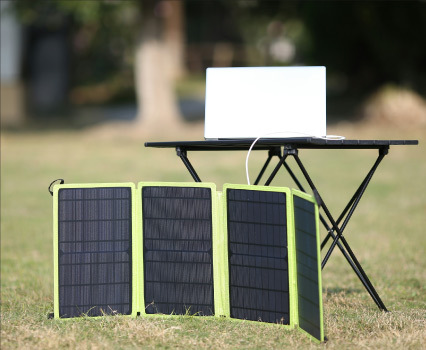Europe’s Solar Power Revolution: Why Tracking Systems Are Gaining Ground

As Europe transitions towards clean energy, solar power is now emerging as a smart way to harness energy from the sun. It has become a critical factor in the growth of clean energy in Europe. To efficiently utilize solar energy, solar panel tracking systems are a necessity, as they are designed to adjust the orientation of the solar panel throughout the day to follow the sun's movement. The European Solar Panel Tracking System was valued at $2,230 million in 2024 and is expected to reach $4,037 million by 2030. The clean energy transition in Europe has become a key driver, with a CAGR of 10.4% projected from 2025 to 2030.
What Makes Solar Trackers Important in Europe
Solar energy is one of the best forms of renewable energy. And to utilize it to its full extent, these solar trackers are essential. These trackers can enhance solar energy production by 25-35% compared to fixed-tilt systems. For a continent like Europe, which has strong renewable goals, utilizing such incremental gains translates to a meaningful increase in clean energy without any exponential increase in land use. Europe has demonstrated its commitment to renewables through policies such as the Green Deal and national-level incentives. However, a decline in the cost of tracker components, a favorable permitting process, and better utilization are making solar tracking systems a more preferred choice by developers.
Market Snapshot: Rapid Growth and Future Potential
According to the report, the market share of solar panel tracking systems in Europe was valued at USD 2,230 million in 2024 and is projected to grow at a CAGR of 10.4%, reaching approximately USD 4,037 million by 2030. This growth can be attributed to utility-scale solar farms along with the latest technological innovations, which make these trackers more innovative and more reliable.
Key Drivers behind the Growth
• Strong Policy Support: One of the primary reasons for the growing preference for solar panel trackers is the incentives offered by governments across Europe, including tax breaks, favorable permits, credits, and auctions.
• Efficiency Gains: The development of tracker technology has significantly increased the popularity of dual-axis trackers. The dual-axis systems held 64% of the European tracker market in 2024, and thanks to their ability, we were able to capture more sunlight over the course of a day in any season. Although they are a bit expensive, they offer a 35% to 40% increase in energy yield over any fixed solar energy system, making them more cost-efficient in the long run.
• Tech Innovation: Introduction of AI-based algorithms, predictive maintenance, and IoT integration has not only made these trackers more efficient but also cheaper to operate. Through the self-optimization feature in these trackers, the overall downtime is reduced, which in turn provides an improved return on investment.
• Energy Yield Optimization: With increased competition in large-scale solar projects, which are competing for land and cost, having these trackers can prove to be more profitable, as they can maximize the power generated per square meter of land.
Challenges That Could Slow Adoption
Of course, it’s not always smooth sailing; these trackers are also facing real obstacles:
• High upfront costs in establishment, which increase capital expenditure over fixed-tilt solar panels.
• Integrating these trackers into large solar farms can be a complex process.
• In densely populated and environmentally sensitive areas, there are often increased land-use constraints.
• With economic fluctuations, inflation, and economic uncertainty, developers may become more cautious when deciding on such a high-value investment.
Looking Ahead: What’s next for Europe’s Solar Tracker Market?
The overall outlook for solar energy demand in Europe is strong, as the continent is experiencing a shift towards renewable energy.
• As the targets for renewable energy tighten, there can be a larger adoption of solar trackers in farms.
• Continued push and support from the EU governments, especially in reforms and financial incentives, will help unlock further growth.
• While Western European countries lead the market, Eastern European countries also present strong potential for developing solar infrastructure.
Conclusion: Trackers as a Cornerstone of Europe’s Solar Future
In the race towards clean energy, solar panel systems are playing a vital role in helping many countries reach their renewable energy targets. Through more efficient utilization of sunlight, these trackers can maximize the impact of Europe’s solar energy. While challenges exist in this market, the long-term case for these trackers remains compelling. They represent more than a renewable energy source; they are a key technology that is more sustainable and provides a higher yield in the resilient European solar energy landscape.